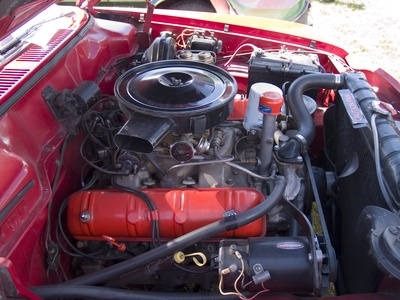
Most modern vehicles do not have a carburetor-based fuel system, and instead rely on fuel injection to provide the requisite fuel to the engine. If you find yourself working on an older vehicle though, a good knowledge of carburetors is essential. One of the most basic pieces of carburetor knowledge is knowing how to adjust the mixture. This is the mixture of air and fuel that come together in the engine to create combustion. The mixture of fuel and air must be optimized to obtain the best performance from an engine.
Locate the mixture screws on the carburetor. Every carburetor is different, and a carburetor can have anywhere from one to four mixture screws depending on its model. Make sure you have located all the mixture screws before you move on.
Adjust and equalize the screws. When a carburetor has more than one screw, they must be adjusted equally to have a smooth running engine. Tighten each screw all the way shut, and count how many turns is required to close them. Then, open the screws back to their original positions, but if any were not equal, equalize them on a middle point. If you are installing a new carburetor, you should start with the screws turned 1 1/2 turns from all the way in.
Park the car outside and let it run until the engine is up to normal operating temperatures. Because adjusting carburators requires a running engine, it is best to work outside or only in a very well ventilated area. Turn the choke completely off.
Adjust the screws manually. Keep the screws equalized and adjust them until the engine sounds like it is running at an even idle. The engine should not sound like it is struggling in any way. For some people and engines, this method is all that is required to adjust a carburetor. There are more advanced ways to ensure it is tuned properly.
Connect a tachometer to the negative post on the coil and to a ground, and a vacuum meter to the vacuum port on the carburetor.
Set the idle speed to around 850 RPM on a typical high performance car engine. Refer to any documentation if adjusting a carburetor on a smaller or larger engine to determine the proper idle speed.
Note the reading on the vacuum gauge.
Adjust the screws evenly in half turns, and watch the progress of the vacuum gauge. The goal is to get the reading as high as possible. When you notice the reading drop, back off the screws to the position they were in before it dipped. Ensure the idle speed remains constant throughout.